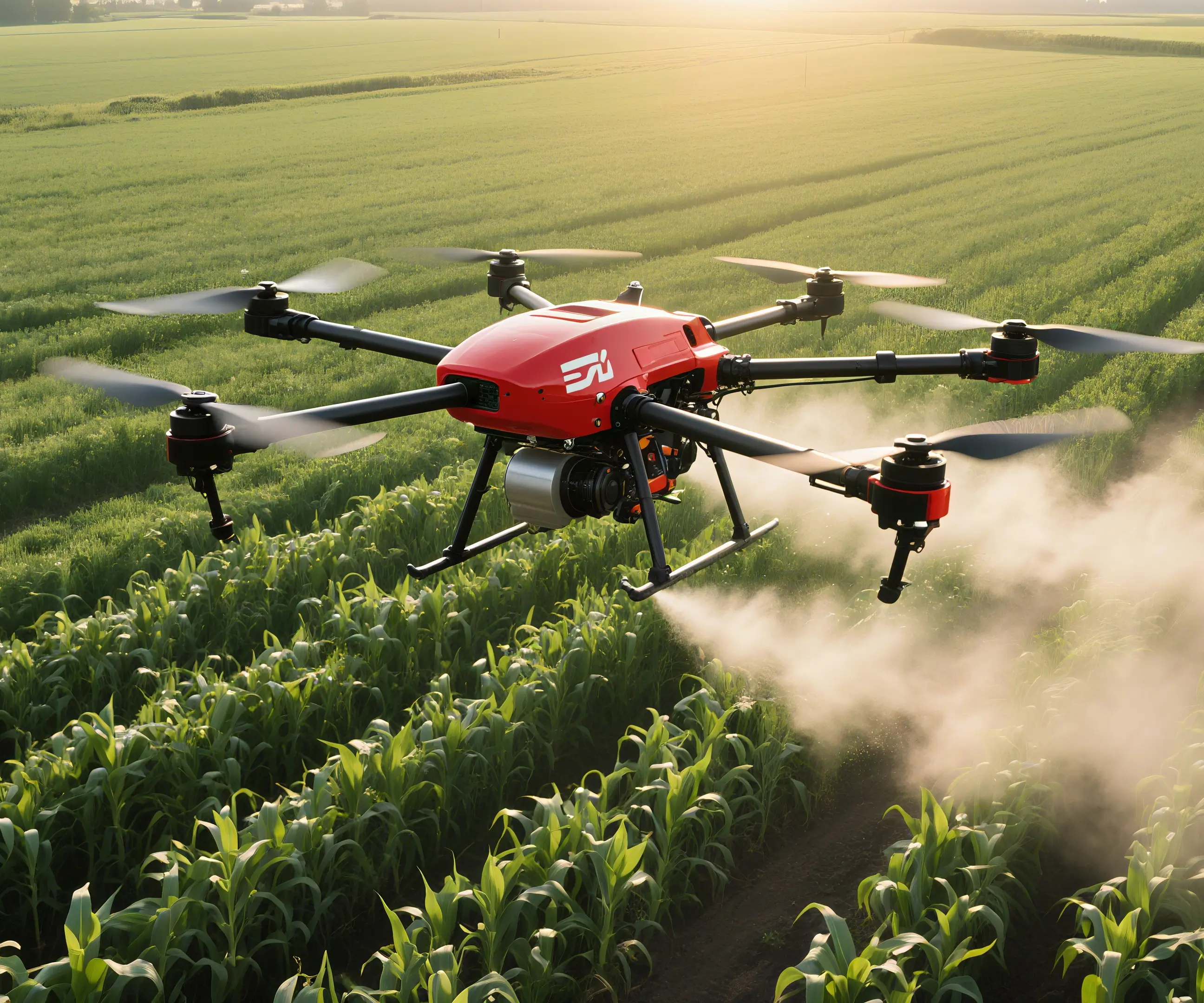Unlocking Precision: The Art and Science of Servo Motor Position Control
In the realm of modern automation and robotics, few components have earned their reputation as reliably as servo motors. From the delicate movements of a robotic arm assembling microchips to the powerful gyrations of industrial machinery, servo motors stand as the backbone of precise motion. But what truly makes a servo motor stand out is its ability to accurately control its position—a marvel of engineering that combines feedback systems, control algorithms, and advanced hardware.

At its core, a servo motor is a rotary actuator that allows for precise control of angular position, speed, and torque. Unlike basic motors that run continuously once powered, servo motors are designed to reach and maintain a specific position, responding dynamically to changing commands and conditions. This real-time adjustment capability makes them perfect for tasks requiring high accuracy and repeatability.
The secret sauce behind servo motor position control lies in the integration of feedback mechanisms, typically encoders or resolvers, which continuously monitor the motor's actual position. These sensors feed real-time data to a control unit—most often called a servo drive or a motor controller. This control system compares the current position with the target position and computes the necessary adjustments.
An essential feature in this process is the control algorithm, which acts as the brain of the system. Proportional-Integral-Derivative (PID) control remains the most used approach, fine-tuning the motor's response to minimize error and stabilize the position. The PID controller makes it possible for the system to smoothly accelerate and decelerate, reducing overshoot and oscillations to achieve stability and accuracy.
But why does everyone rave about servo motor position control? The answer lies in the myriad of benefits it offers across industries. For example, in manufacturing, it ensures high-quality assembly with tight tolerances, reducing waste and improving overall efficiency. In robotics, precise position control enables complex tasks like delicate object manipulation or precise welding. Even in medical devices, such as surgical robots, precision is paramount—servo motors rise to the challenge.
One of the major challenges in achieving high-fidelity position control is dealing with external disturbances, load variations, and inertia. Engineers combat these issues by selecting high-quality sensors, optimizing control algorithms, and designing robust mechanical systems. Advanced servo drives now incorporate adaptive control features that learn from the system's behavior, adjusting parameters on the fly for improved stability and responsiveness.
Furthermore, the motor type plays a significant role. Brushless DC motors (BLDC), for instance, are preferred for high-performance applications due to their efficiency, reliability, and smoother control. Meanwhile, AC servo motors are also popular, especially where high power output and durability are needed.
The rise of digital control has revolutionized servo motor position management. Modern systems leverage high-speed microcontrollers and digital signal processing to implement complex algorithms, perform real-time diagnostics, and enable remote monitoring and adjustments. Implementing fiber optic or Ethernet-based communication protocols ensures seamless integration into larger automation networks, a cornerstone of Industry 4.0.
Energy efficiency is another key consideration. Regenerative drives allow servo motors to recover energy during deceleration, reducing power consumption. This isn't just cost-effective—it's also environmentally friendly, aligning with the trend towards greener manufacturing and automation.
In sum, the science behind servo motor position control is both intricate and elegant. It combines precise hardware components, sophisticated algorithms, and intelligent system design to produce motion that is predictable, stable, and incredibly accurate. As industries move further into automation, the ability to control position with such finesse opens doors to innovations we can only begin to imagine.
Stay tuned for the next part, where we explore real-world applications, cutting-edge advancements, and how this technology shapes the future of automation.
Kpower has delivered professional drive system solutions to over 500 enterprise clients globally with products covering various fields such as Smart Home Systems, Automatic Electronics, Robotics, Precision Agriculture, Drones, and Industrial Automation.




































